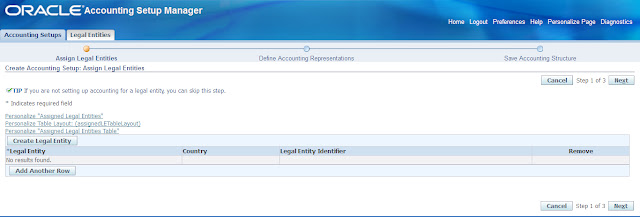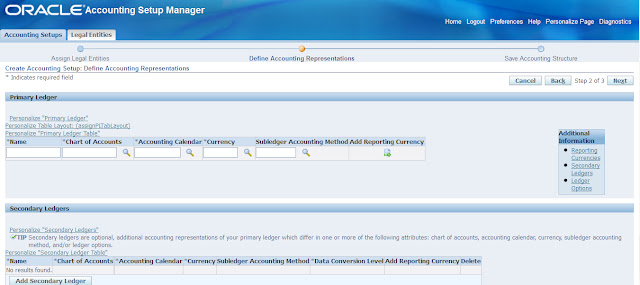Types of Invoices in AP:
The different types of invoices available in Payables are:
1. Standard Invoices: Standard invoices are the invoices issued by a supplier to the buyer, representing the amount due for the products or services the supplier has provided to the buyer.
Standard invoices can be either matched to a purchase order or not matched.
A standard invoice must be positive amount.
2. Mixed Invoices: Mixed invoices are the invoices which can have either positive or negative amounts and can be matched to both purchase orders and invoices.
For example, if there is a mixed invoice for $-1000, you can either match it to an invoice with $-1000 or to a purchase order with an amount $1000.
3. Credit Memo: Credit memo is an invoice raised by the supplier to the buyer with negative amount. It reduces the supplier balance and reduces the liability.
For example the customer has returned some of the goods that he purchased, the supplier sends a credit memo to the buyer to adjust the balance.
4. Debit Memo: Debit memo is an invoice raised by the customer to supplier with negative amount.
The functionality of Debit Memo is same as Credit Memo. Both are to reduce the liability.
The purpose of Debit Memos is to record a credit for a supplier who does not send you a credit memo.
Unlike in AR, both Credit memo and Debit memo are with negative signs in Payables.
5. Prepayment: Prepayments are the invoices raised to record advance payments to a supplier or employee.
6. Expense Reports: Expense reports are the invoices that represent amount due to an employee for all his business related expenses.
7. Retainage Release Invoices: Retainage release is the act of releasing, or paying, that portion of a payment that was withheld until a substantial portion or all of the service procurement work is completed. The amounts retained during the life of the contract must be released and paid to the supplier or sub-contractor once all or a substantial portion of the work is completed.
Oracle Payables uses the Retainage Release Request to create a type of invoice called Retainage Release. A retainage release invoice has lines, which are copied from the original standard progress invoices, which show an amount left to be released.
Retainage release invoices can only be entered manually in the Invoice Workbench window.
8. Withholding Tax: After you apply withholding tax to an invoice, you can optionally create invoices to remit withheld tax to the tax authority.
Payables can automatically create withholding tax invoices, or you can perform this
task manually. If you choose to automatically create withholding tax invoices, you must choose whether to do this during Invoice Validation or during payment processing.
9. PO Price Adjustment Invoices: PO Price Adjustment Invoices are used for recording the difference in price between the original invoice and the new purchase order price.
For example, If a supplier sends an invoice for a change in unit price for an invoice you have matched to a purchase order, PO Price Adjustment Invoices can be used to adjust the invoiced unit price of previously matched purchase order shipments or distributions without adjusting the quantity billed.
PO price adjustment invoices can be matched to both purchase orders and invoices.
10. Quick invoices: Used for quick, high-volume invoice entry for invoices that do not require extensive validation and defaults. After entry, you import these into the Payables system. Validation and defaulting occur during import






Recent Comments